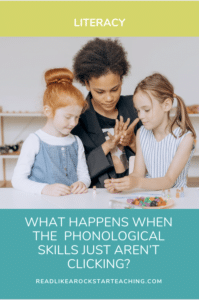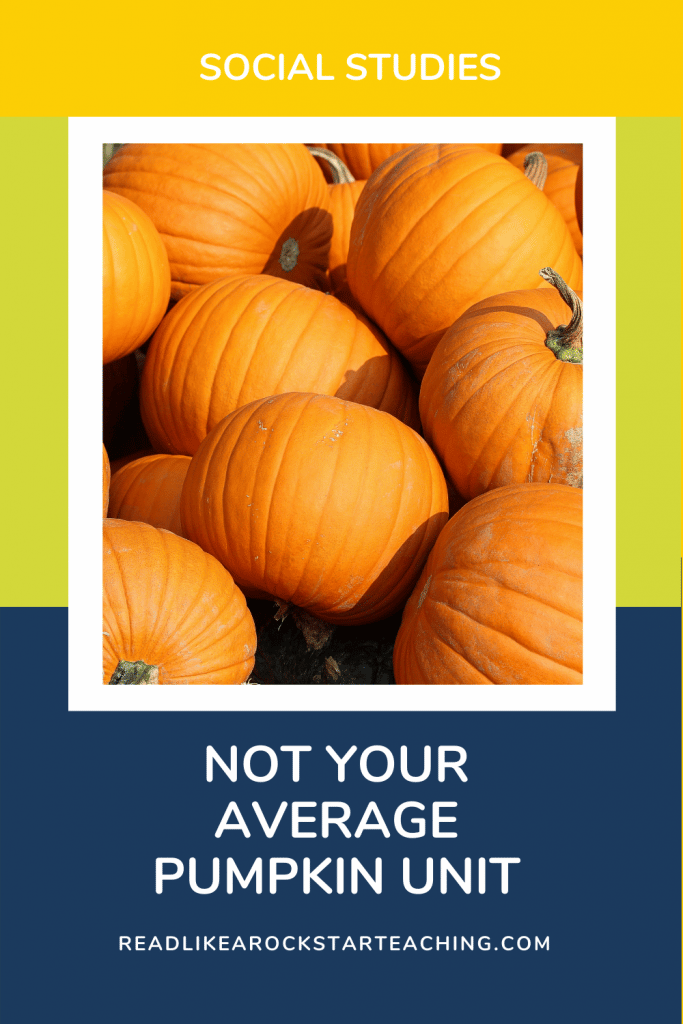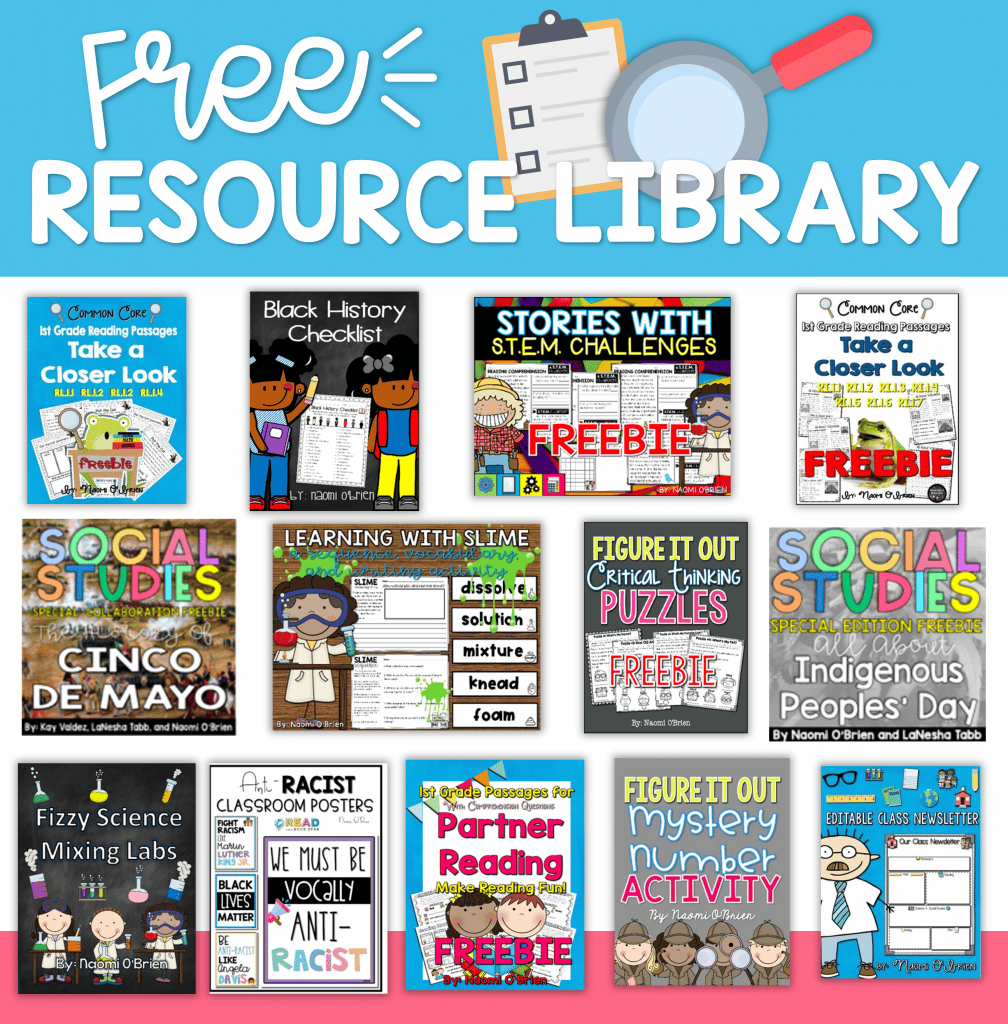

*Click any image to be taken to the resource*
Buckle up. This unit is F-U-N. But not like, “label the parts of the pumpkin” fun that you’ve been doing for years. Which brings me to my first point- and I say this with love: do a flipping KWL before you engage in a thematic unit like pumpkins.
Because, BRUH.
Consider the fact that these children- some of them have been doing a variation of the pumpkin unit since pre-k. They have scooped, seeded, counted, and graphed the mess outta that pumpkin. They might already be able to label it and describe the life cycle. They probably did the Pinterest craft. What else can we do?? We have some ideas.
What is it about pumpkins that cause good people to lose their minds? I mean…pumpkin spiced lattes, dog food, and toothpaste overwhelm us on the shelves of the stores. But, why?

Some scientists offer up olfactory memories as an explanation. Olfactory memories are brought on by smell. It’s the thing when you smell something and it zaps you back to a memory without effort. Research has shown that smells of pumpkin spice take us to a time of year that is crisp, fun, and beautiful- autumn! Our unit includes an awesome eBook explaining this concept, and then we create a STEM Smell Lab! We include various scents and ask students to draw or write the memories that they have. Check out some scenes from some of our Instagram teacher friends!


Soooo much fun. Ok- the next thing we focus on? Sociology. Because YAY! We learned all about Extreme Gardening. You know what that is…it’s when you see people growing extremely large crops- often for fun but sometimes for sport. We talked about why people do this and what good can come from it. Then, after seeing tons of pictures of extreme pumpkins (which btw, you have to say it really intensely with your students- like XTREME PUMPKINS! More fun.) we had our own extreme pumpkin challenge…put with paper! All of those extreme pumpkins are grown from the same seeds as a typical pumpkin…but they do special things to get it to grow larger. We give the students the same sheet of paper and tell them that they are to try and build the largest pumpkin that they can with paper! They can cut and glue but they cannot add anything to the pumpkin. Check it out!






Love it. We are having fun, learning about the world…and still studying pumpkins!
From there, we learn a little economics. We introduce the idea of commodities. Remember, we teach kindergarten and first grade. We are skimming the surface. So on the surface, the concept of a commodity is that people produce a product that is standard and predicatable…and often easy to ship. We talk about the ecomomic concepts of a commodity, and then we have a little experiment/simulation! Students are asked to (secretly) draw 5 pumpkins- any way they’d like. Naturally, they are different sizes, colors, and shapes. They share those pumpkins with the class. Then, through a serieis of “calls” that come in from “consumers,” the students go through three rounds of revising and by the end, their pumpkins all look similar. Have a look!


 SO much fun to hear little children discussing commodities, consumers, and other economic concepts.
SO much fun to hear little children discussing commodities, consumers, and other economic concepts.
We took a trip back in history and taught students about the history of the jack-o-lantern! They were fascinated to learn that turnips used to be used amoung other interesting facts!

Lastly, for geography we were able to focus on naming all of the continents because there is one continent in particular that can’t grow pumpkins! We have the students name the continents and glue on a pumpkin for each continent that CAN grow a pumpkin.

It is our hope that this blog post shows you how much you can do with a basic thematic topic. There is an entire world out there. toshow children… we can do more than teach the liefcycle of the pumpkin! Let’s go!!!






| Cookie | Duration | Description |
|---|---|---|
| cookielawinfo-checkbox-analytics | 11 months | This cookie is set by GDPR Cookie Consent plugin. The cookie is used to store the user consent for the cookies in the category "Analytics". |
| cookielawinfo-checkbox-functional | 11 months | The cookie is set by GDPR cookie consent to record the user consent for the cookies in the category "Functional". |
| cookielawinfo-checkbox-necessary | 11 months | This cookie is set by GDPR Cookie Consent plugin. The cookies is used to store the user consent for the cookies in the category "Necessary". |
| cookielawinfo-checkbox-others | 11 months | This cookie is set by GDPR Cookie Consent plugin. The cookie is used to store the user consent for the cookies in the category "Other. |
| cookielawinfo-checkbox-performance | 11 months | This cookie is set by GDPR Cookie Consent plugin. The cookie is used to store the user consent for the cookies in the category "Performance". |
| viewed_cookie_policy | 11 months | The cookie is set by the GDPR Cookie Consent plugin and is used to store whether or not user has consented to the use of cookies. It does not store any personal data. |
Thank you for your interest in booking a private professional development experience! Please fill out our Booking Inquiry form and a member of our team will contact you soon.